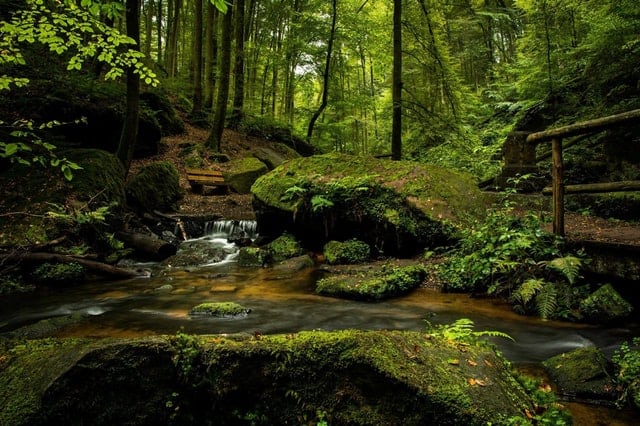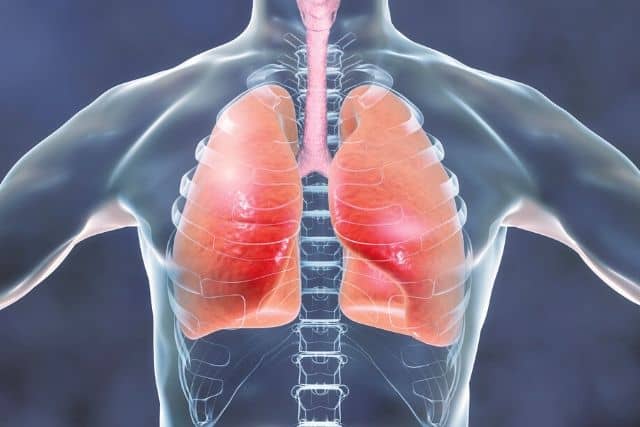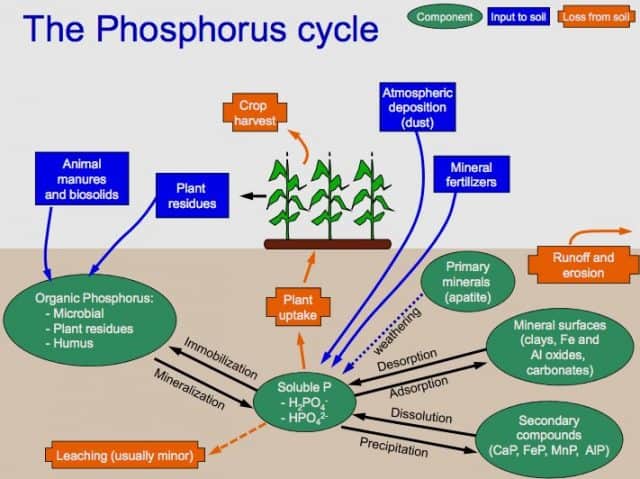Can Photosynthesis Occur Without Oxygen?

Photosynthetic reactions can occur without oxygen that is anoxygenic; thus, they do not produce oxygen. There is a process called Phototrophy by which organisms trap light energy or photons to store it as chemical energy in the form of ATP or adenosine triphosphate and/or reducing power in NADPH.
Two major types of phototrophy are – chlorophyll-based chlorophototrophy and rhodopsin-based retinalophototrophy. Chlorophototrophy can further be divided into i) oxygenic photosynthesis and ii) anoxygenic phototrophy. These Oxygenic and anoxygenic photosynthesizing organisms undergo different reactions either in the presence of light called “light reactions” or with no direct contribution of light to the chemical reaction called “dark reactions.”
Anoxygenic photosynthesis is the phototrophic process that captures and converts light energy to ATP, without producing the oxygen and water is not used as an electron donor.
There are several groups of bacteria that undergo anoxygenic photosynthesis:
- Green sulfur bacteria
- Green and red filamentous anoxygenic phototrophs (FAPs)
- Phototrophic purple bacteria
- Phototrophic Acidobacteria
- Phototrophic heliobacteria.
Anoxygenic phototrophs have photosynthetic pigments called bacteriochlorophylls, which are similar to chlorophyll found in eukaryotes. Bacteriochlorophyll a and b have wavelengths of maximum absorption at 775 nm and 790 nm, respectively, in ether.
Where do Plants Get Water For the Process of Photosynthesis?
Every organism that performs photosynthesis has some sort of adaptation or special structure that is designed to collect water. Mostly for all plants, roots are responsible for absorbing water. First, water is absorbed from the soil into the cells of roots. The water then passes from the root system to the xylem vessels in the stem until it reaches the leaves. Water is directly used in the process of photosynthesis for its hydrogen, and it is also used to prevent dehydration that indirectly supports the successful making of food for the plant.
During dry seasons, the plant requires to conserve moisture as much as possible. Therefore, the plant closes the stomata to prevent the escaping of water vapor. The stomata can only be closed by using guard cells filled with water and seal moisture within the plant.
How is Oxygen Released in the Photosynthesis Process?
There are small openings in the leaves of plants called stomata that are used for the exchange of gases. Carbon dioxide, combined with water, is drawn in through the stomata in photosynthesis. Oxygen, which is a byproduct of the process, is released through these openings, along with water vapor in a process called transpiration.
Do Plants Take Away Oxygen?
During the daytime, photosynthesis goes on faster compared to respiration, so, normally, plants will produce oxygen during the day. This gaseous exchange takes place through tiny pores that are usually found on the underside of the plant leaf. During daytime hours, giving off oxygen is thus something that plants do quite naturally to survive.
However, at night, only respiration continues, therefore like any other organisms, plants produce carbon dioxide and use up oxygen. If the plants are growing, over a period of 24 hours, they produce more oxygen than they consume.
What Plants Can Survive Without Oxygen?
No Plant can survive without oxygen. Plants require aerobic respiration to meet their energy demands just like us; therefore, oxygen is a must.
Which Plants Give the Most Oxygen?
There are some plants that are comparatively more effective in generating oxygen than others. Here’s a list of those more ‘generous’ oxygen givers:
- Peace Lily (Spathiphyllum): After NASA put it on its list of “Top Ten Household Air Cleaning Plants,” it finally got the recognition it deserves from the general public.” While we all appreciate cleaner, oxygenated air, this tropical shade-loving plant helps cleanse the air we breathe.
- Snake Plant / Mother-In-Law Tongue (Sansevieriatrifasciata): This is a very common household plant in America and also known as the Snake Plant. Meattle calls it “The Bedroom Plant,” as it produces oxygen at night. According to NASA, it removes Benzene from the air, as mentioned in Meattle’s TED talk.
- Areca Palm (Dypsislutescens/ChrysalidocarpusLutescens): This plant takes carbon dioxide and returns back oxygen. Apart from producing oxygen and reducing carbon dioxide levels, it also purifies certain pollutants from the air to help produce clean indoor fresh air. It has the ability to also purify the environment it’s placed in by removing dangerous chemicals such as formaldehyde, xylene and toluene.
- Money Plant (Epipremnumaureum): Many plants colloquially called “money plant,” but this one is a native to the Eastern Hemisphere. This plant has been mentioned by NASA (along with many others) to remove chemicals and other pollutants from the air. In the trio suggested by Meattle in his TED talk, this one does most of the pollutant removal.
- Gerbera Daisy (Gerbera Jamesonii): The Gerbera Daisy is often used as a decorative element in gardening. However, Gerbera Daisy has the ability to produce high levels of oxygen at night and also removing harmful chemicals, such as benzene and trichloroethylene. Beneficial for those suffering from sleep apnea and breathing disorders, keep this one on the nightstand for better sleep.
- Chinese Evergreens: It is one of the most common household plants and for a good reason. This plant not only emits high oxygen content but also purifies harmful chemicals such as benzene, formaldehyde and other toxins from surrounding spaces. It is quite popular in China, as its name suggests, specifically for its high efficiency in removing harmful pollutants from the air.
- Aloe Vera: Aloe Vera plant is best known to remove toxins from the air like aldehydes and benzene. Unlike most plants, it releases oxygen at night as well.
Others:
– Barberton Daisy (Gerbera)
– Christmas Cactus (Schlumbergera)
References:
https://courses.lumenlearning.com/boundless-microbiology/chapter/phototrophy/
https://lunginstitute.com/blog/top-5-plants-for-increasing-oxygen/






